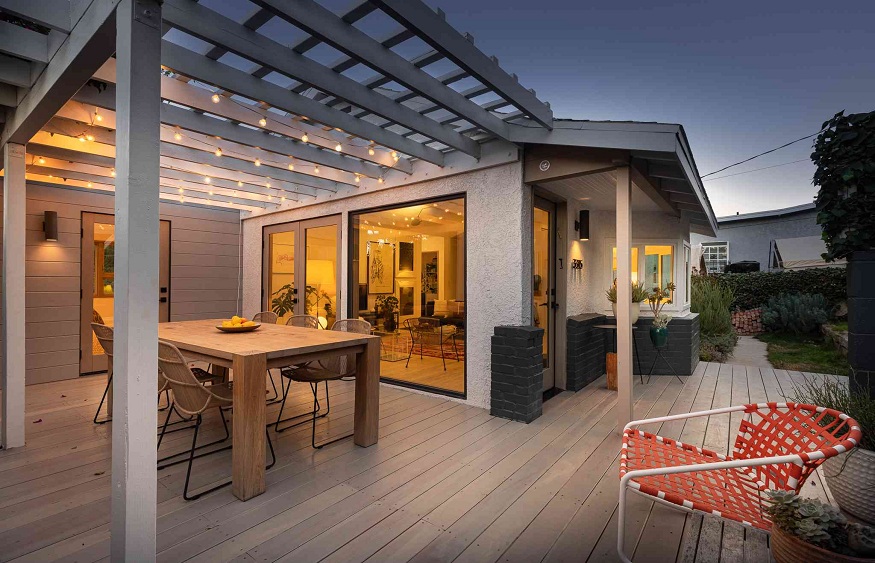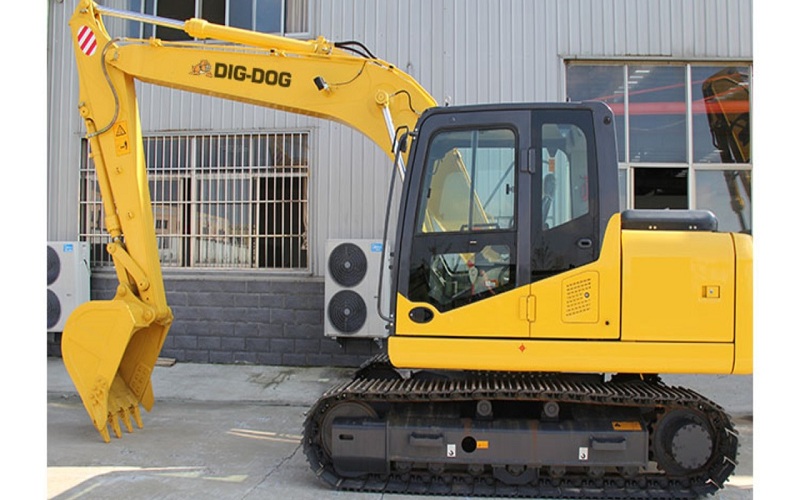For riders and horse owners, having a functional and well-designed outdoor riding arena is essential. Whether you are a professional equestrian or just someone who enjoys horseback riding, having a safe and properly constructed arena is crucial to getting the most out of your riding experience. In this article, we will discuss tips and tricks to help you design an effective outdoor riding arena that will meet your needs.
Choose the Right Location
When designing an outdoor riding arena, one of the most critical factors is choosing the right location. The ideal location should be flat, well-draining, and have good exposure to the sun. Avoid building your riding arena in low-lying areas that are prone to flooding or in areas that are shaded by trees or buildings. Additionally, ensure that there are no power lines or other obstructions that could be hazardous to riders or horses.
Invest in a Covered Riding Arena
While an outdoor riding arena is an excellent addition to any equestrian facility, investing in a covered riding arena can take your riding experience to the next level. A covered arena provides protection from the sun, wind, and rain, making it possible to ride in any weather conditions. Furthermore, a covered arena can extend your riding season, allowing you to continue riding during the winter months.
Consider the Size and Shape of Your Riding Arena
The size and shape of your riding arena are crucial factors that will affect the overall quality of your riding experience. The minimum size for an outdoor riding arena should be 100′ x 200′, although larger arenas are generally more desirable. When it comes to the shape of your arena, it is best to avoid sharp corners and angles, as they can create blind spots and cause accidents. Instead, opt for a round or oval shape, which provides better visibility for riders and horses.
Choose the Right Footing
Selecting the right footing for your riding arena is another crucial factor to consider. The type of footing you choose will affect the performance, safety, and longevity of your arena. Popular footing materials include sand, rubber, and synthetic fibers, each with its unique set of advantages and disadvantages. Be sure to consult with a professional to determine the best footing material for your arena based on your location, climate, and intended use.
Install Adequate Drainage
Proper drainage is essential for any outdoor riding arena. Without adequate drainage, rainwater can accumulate, creating a muddy and unsafe surface for horses and riders. The best way to ensure adequate drainage is to install a sub-base layer of crushed rock, followed by a layer of compacted sand or gravel. Additionally, consider incorporating a drainage system that can carry excess water away from the arena.
Ensure Proper Lighting
If you plan on riding during the evening or early morning hours, proper lighting is essential for safety and visibility. Installing lights around the perimeter of your riding arena is a great way to ensure that you can ride at any time of day. Be sure to choose lighting fixtures that are safe for horses and riders and provide adequate illumination without creating shadows or glare.
Provide Ample Space for Spectators
An outdoor riding arena can be an excellent place for horse shows, clinics, and other events. To accommodate spectators, ensure that your arena has ample space for seating, parking, and other necessary facilities. Additionally, consider incorporating a viewing area or platform for judges or trainers to observe riders during competitions.
Maintain Your Riding Arena Regularly
To ensure that your riding arena remains safe and functional, regular maintenance is essential. This includes removing debris, leveling the footing, and inspecting the arena for signs of wear and tear. Additionally, be sure to repair any damage promptly and address any drainage issues as they arise.
Consider Your Climate
When designing your outdoor riding arena, it’s essential to consider your local climate. Depending on where you live, you may need to take measures to protect your arena from extreme heat, cold, or moisture. For example, in hot and dry climates, you may need to invest in a watering system to keep your footing from becoming too dusty. In cold and snowy climates, you may need to clear snow and ice from your arena regularly to prevent accidents.
Incorporate Safety Features
Safety should be a top priority when designing your outdoor riding arena. Incorporating safety features such as fencing, gates, and barriers can help prevent accidents and injuries. Additionally, consider adding safety equipment such as first aid kits, fire extinguishers, and emergency contact information in case of an emergency.
Design for Your Discipline
When designing your outdoor riding arena, it’s important to consider your discipline and the type of riding you’ll be doing. For example, if you plan on jumping or doing dressage, you may need to invest in a larger arena to accommodate longer, more complex movements. If you plan on doing trail riding or Western riding, you may want to incorporate natural obstacles such as hills, streams, or logs into your arena to simulate the outdoors.
Final Thoughts
Remember, designing an outdoor riding arena is an investment that will pay off in the long run. By taking the time to plan and construct your arena properly, you can create a safe and comfortable space for you and your horses to ride and train.Ready to design the perfect outdoor riding arena for you and your horses? Coastal Steel Structures can help! From choosing the right size and layout to selecting the best materials and features, we’ll make sure that your arena is safe, comfortable, and built to last. Contact us today to get started!





